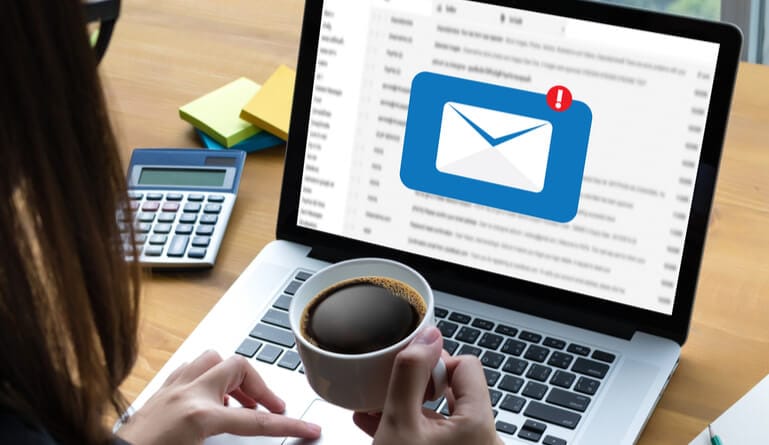Account-based marketing takes the traditional marketing model of advertising to as many potential customers as possible and turns it on its head my only focusing marketing efforts to communicating with pre-established accounts. Instapage describes it saying, “Traditionally, marketing strategies today start by driving traffic to your business’s website, generating leads, then nurturing those leads, and finally, getting those leads to buy. Account-based marketing, however, turns everything upside down. The end goal becomes the starting point. So now, instead of starting by driving traffic, you’re first identifying the targets that you want to sell to. You start specifically with accounts that are most valuable to your company.”
The marketing assets that a company would use still apply to this strategy, including personalized email marketing. Here’s what to know.
What are the benefits of using email personalization with ABM?
1. Direct delivery of a personalized experience
Email is a direct way to establish a one-to-one connection with a prospect. While social media and digital marketing enable businesses to segment their market and show their messaging to a whole group of people that make up their target audience, email is much more direct and
2. Quicker sales cycle
B2B buying can be a long cycle that requires a lot of convincing and education throughout the process with numerous stakeholders at your target accounts. Consistent communication through personalized and relevant emails force your prospects to regularly consider their issues and your business as their potential sales. This might mean a faster conversion into a closed sale and current account.
3. Better data
One-to-one communication means one-to-one details on how this email was received. More data from communications going out to more people can give you a better sample size but the data from more targeted emails will be more accurate. You can track interactions more accurately and optimize your future emails better.
What to know about email personalization in your ABM strategy
1. Start with social media
Some experts recommend monitoring social media to understand what kind of content your contacts and accounts tend to interact with so you can create the type of content that you know appeals to them and will be more likely to be consumed through personalized emails. Integrate notes that social media is a helpful place to start for creating content for personalized emails because, “People tend to post about their pain points and challenges, which gives us marketers the opportunity to deliver valuable content at the right time.” Since you’ve already identified which target accounts you want to engage with this can be a good first step on LinkedIn or even Twitter. Additionally, social media can serve as a tool for additional personalized interactions later through direct messages on the social platform and more.
2. Use the best data
The best way to reach your target audience with email personalization is to make sure that your data is accurate – you’re developing bespoke content for someone, so you want to be emailing the right person. Your time should be spent writing and researching content that conveys your business as a solution to your customer and not scouring the internet to find contact information. Working with a reputable data partner can help you capture the contact info you need.
3. Solve a problem
This is the real meat of using email personalization with your target accounts. You want to position yourself as a resource that has the means and knowledge to help them execute a solution. Using email as a way to set up a problem that you know the account is struggling with (like a high-growth tech company setting up satellite offices or outgrowing their current space and need furniture solutions to outfit a new space quickly and affordable) is a way to get their attention and earn their trust.
4. Don’t overwhelm your audience
Personalized doesn’t need to be aggressive. You want to make sure that you’re communicating effectively and consistently without barraging your contacts. This is a fast way to get yourself marked as spam and lose the value of these relationships before you’ve really had a chance to establish yourself and use the content you’ve taken time and resources to develop for these targeted accounts.
The most important thing to realize about email personalization and account-based marketing, in general, is the amount of time that goes into developing these personalized methods. The research required to establish the right accounts to target, as well as to understand the right type of content and communication method is a lot of work and can’t be underestimated in effort or importance – it’s the crux to a successful ABM strategy for any B2B organization.
The payoff for account-based marketing, however, can be substantial. The work that goes into ABM is often directly rewarded through revenue earned by these high-value accounts. Personalized emails, however, help you get the most value from these relationships.





